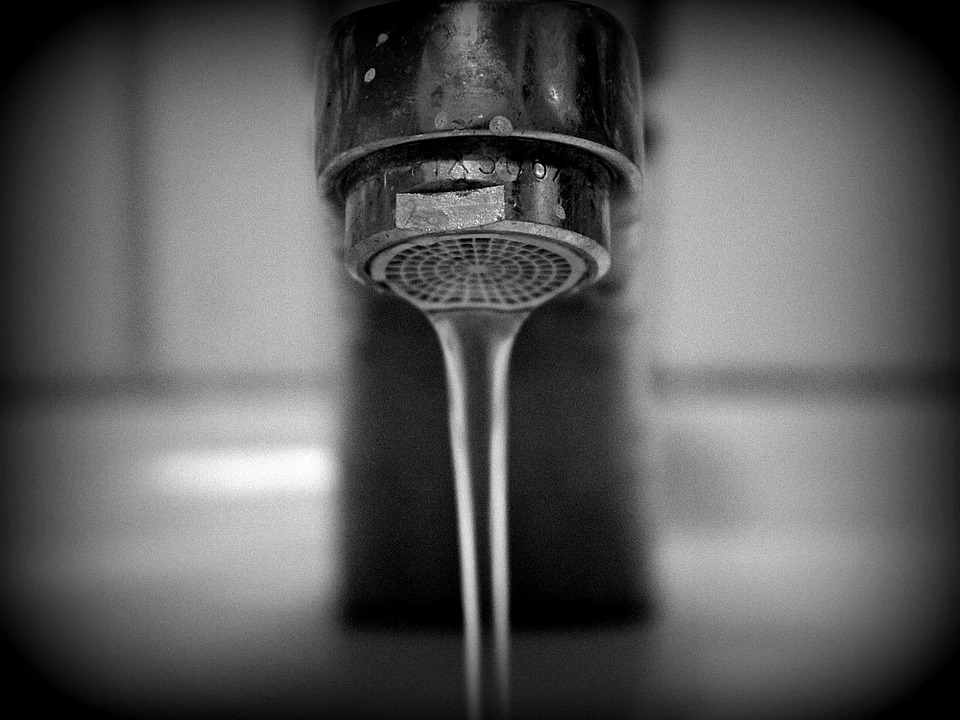On May 29, 2017, the federal ministry of Indigenous and Northern Affairs Canada posted a notice online that engagement with First Nations for safe drinking water would be undertaken.
The announcement came as a surprise to some leaders within the First Nations community and advocacy groups. Details of the engagement strategy were not presented to the communities or representative organizations prior to or at the time of its launch.
The information presented on the website also lacks direct or clear details regarding the engagement process. Instead, it describes:
“The Government of Canada will engage with:
- national and regional First Nation representative organizations
- First Nation technical groups
- First Nation communities and other interested parties”
As currently outlined, the transparency of the process has caused some stakeholders to challenge the proposed methodology. “To make this process more effective, the Government of Canada should be clear about what the intended outcomes of this consultation,” said Katherine B. Starzyk, associate professor, Department of Psychology, University of Manitoba, and research affiliate of the National Centre for Truth and Reconciliation. Further, she said that the government should, “Provide more details on the process and timeline of the consultation—while being mindful that First Nations will be hoping for collaborative action on this issue quickly, with long-term rather than stop-gap solutions.”
The federal government’s website outlines three ways for First Nations people and groups to participate:
- Attend a regional meeting (for First Nation representative organizations, First Nation technical groups, and First Nation communities—by invitation only).
- Send comments and suggestions by e-mail to [email protected].
- Send comments and suggestions by mail.
Starzyk believes the problem of delivering safe, clean drinking water to First Nations is solvable, but she said, “Consulting with First Nations about how to make the Safe Drinking Water for First Nations Act more effective is a good step, but such consultation should focus on taking practical steps to resolving this human rights issue.”
The Safe Drinking Water for First Nations Act: Engagement 2017 can be found online.













